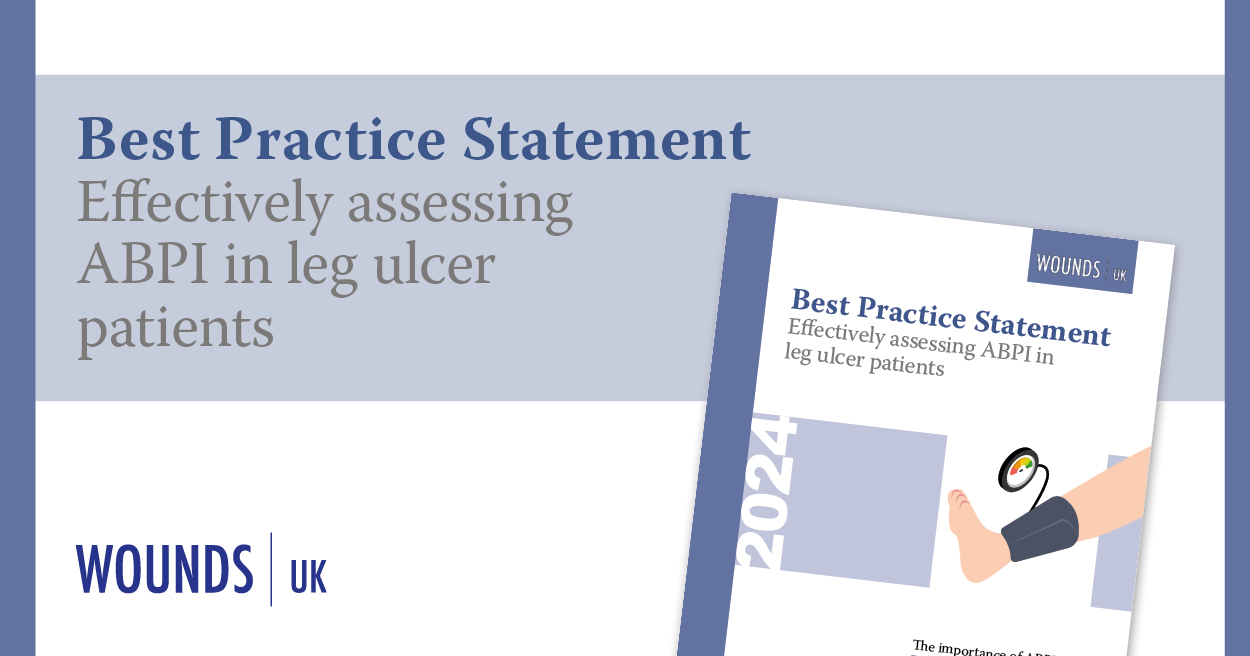When associated with venous leg ulcers, eczema is known as gravitational eczema, stasis eczema, varicose eczema or venous eczema, due to its relationship to the underlying cause. These terms describe the skin changes that occur as a result of venous hypertension where venous pressure is increased in the legs because of incompetent deep and superficial veins. The exact pathophysiology is unclear although it is understood to be associated with leakage of blood products into the surrounding tissues and the activation of the in?ammatory cells that cause the skin changes (Draper, 2011). This article will describe how venous eczema develops and what signs and symptoms to look out for. It will also discuss the management of venous eczema, including best practice in the use of emollient preparations.






